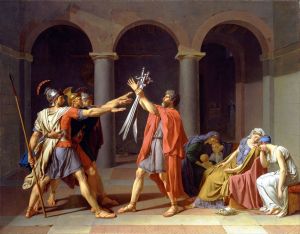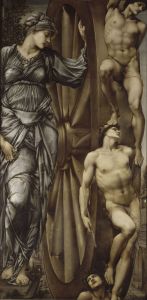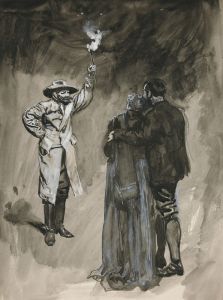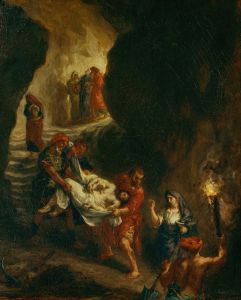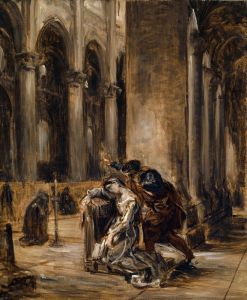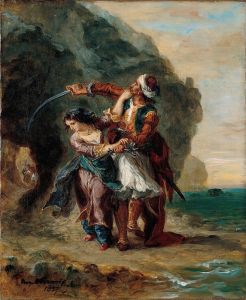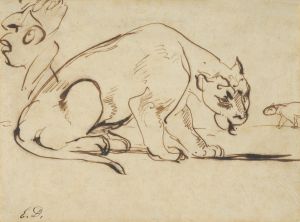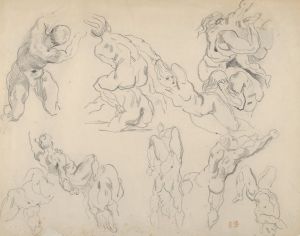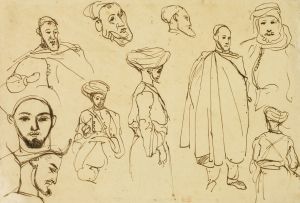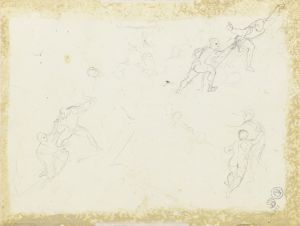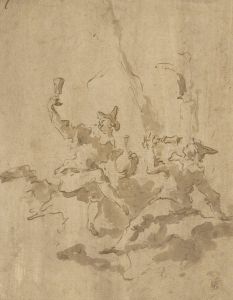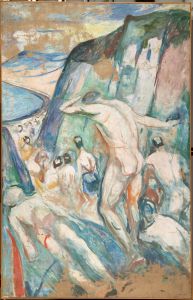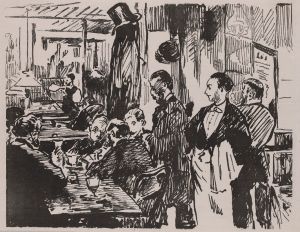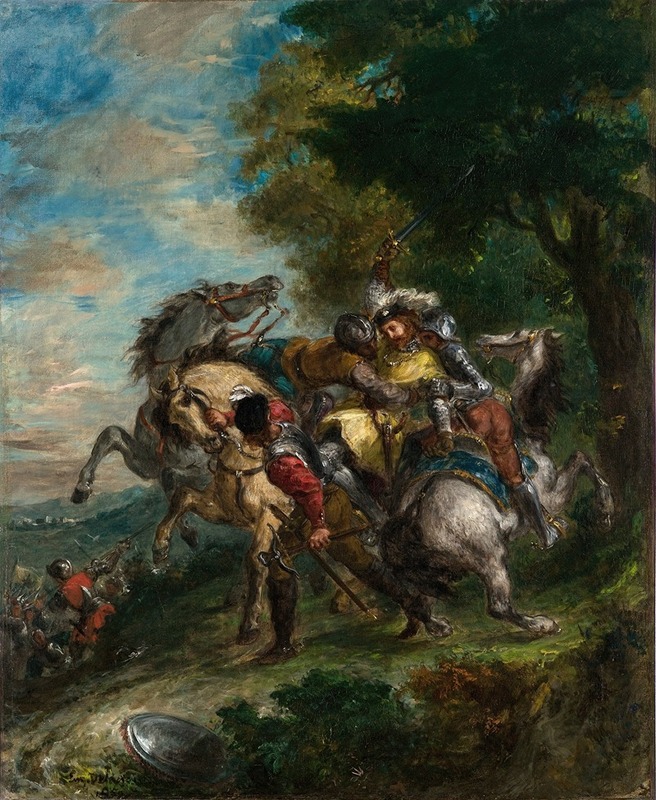
Weislingen Captured by Götz’s Men
A hand-painted replica of Eugène Delacroix’s masterpiece Weislingen Captured by Götz’s Men, meticulously crafted by professional artists to capture the true essence of the original. Each piece is created with museum-quality canvas and rare mineral pigments, carefully painted by experienced artists with delicate brushstrokes and rich, layered colors to perfectly recreate the texture of the original artwork. Unlike machine-printed reproductions, this hand-painted version brings the painting to life, infused with the artist’s emotions and skill in every stroke. Whether for personal collection or home decoration, it instantly elevates the artistic atmosphere of any space.
Weislingen Captured by Götz’s Men is a painting by the French Romantic artist Eugène Delacroix. Created in 1853, the artwork depicts a dramatic scene inspired by Johann Wolfgang von Goethe's play Götz von Berlichingen, a historical drama set in 16th-century Germany. The play tells the story of Götz von Berlichingen, a knight and mercenary known for his defiance of authority and his mechanical iron hand, which replaced the one he lost in battle.
The painting illustrates the moment when Weislingen, a rival of Götz, is captured by Götz’s men. Weislingen, a character in Goethe's play, represents a figure torn between loyalty and ambition, ultimately becoming entangled in political and personal conflicts. Delacroix's work captures the tension and drama of the scene, emphasizing the emotional and physical struggle of the characters.
Delacroix, a leading figure of the Romantic movement, was known for his dynamic compositions, vivid use of color, and ability to convey intense emotion. In this painting, he employs his characteristic style to bring the narrative to life. The composition is marked by strong contrasts of light and shadow, which heighten the sense of drama and focus the viewer's attention on the central figures. The artist's brushwork is energetic and expressive, reflecting the turmoil and action of the scene.
The painting is notable for its historical and literary significance, as it draws from Goethe's influential work and reflects the Romantic fascination with medieval themes, individual heroism, and the conflict between personal freedom and societal constraints. Delacroix's interest in literature and history is evident in his choice of subject matter, as well as in the careful attention he pays to the costumes, armor, and setting, which evoke the period in which the story takes place.
Currently, the painting is housed in the Musée des Beaux-Arts in Rouen, France. It remains an important example of Delacroix's ability to merge literary inspiration with his artistic vision, creating a work that resonates with the Romantic ideals of passion, drama, and the exploration of human nature.





